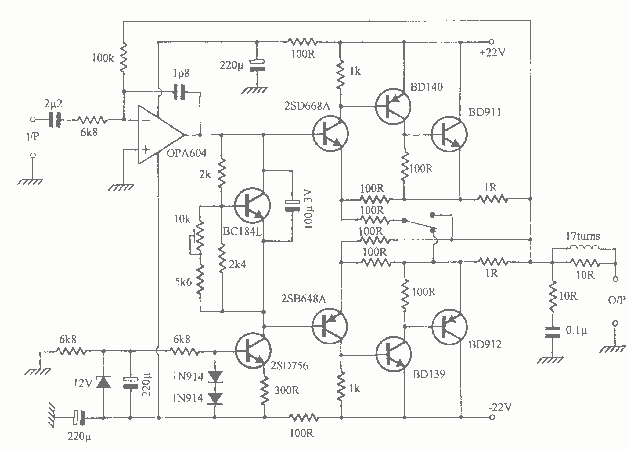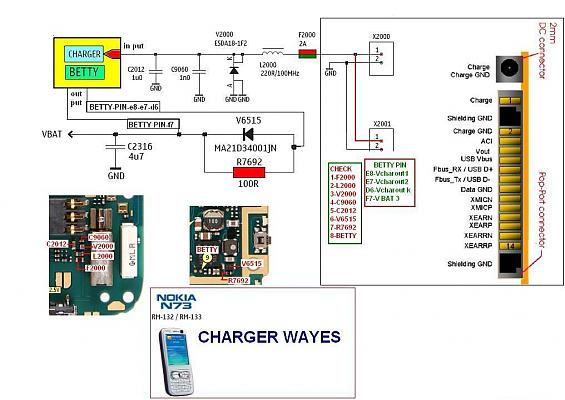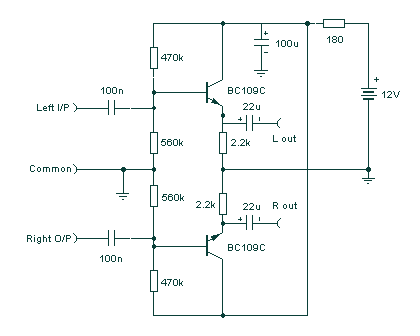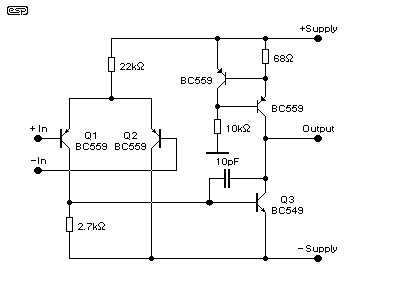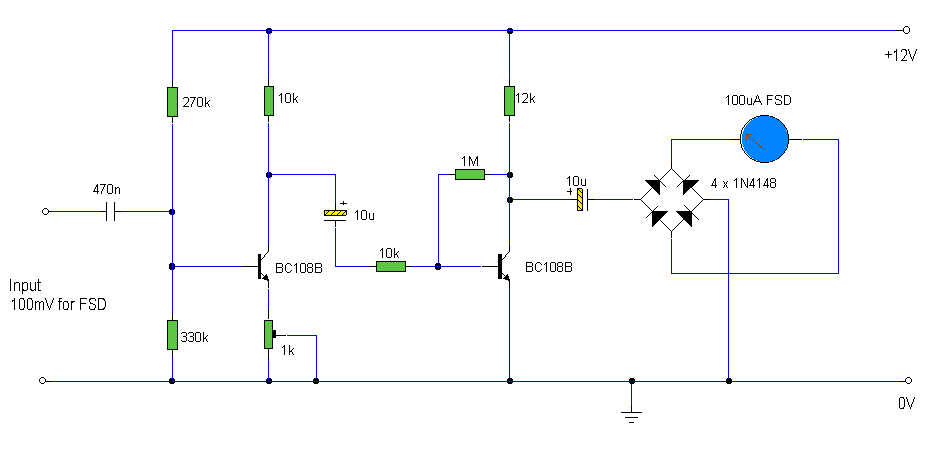
audio Headphones impedance and the SPL
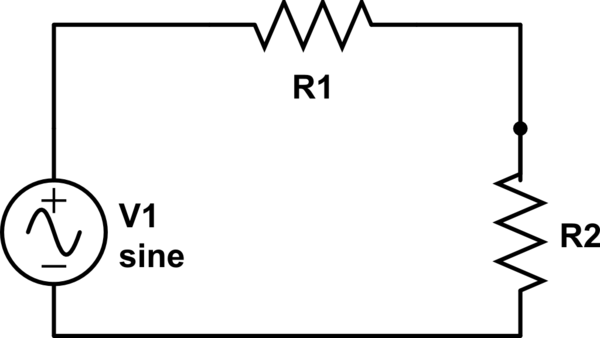
To determine the loudness of different headphones, one must calculate the power delivered to each headphone based on the source impedance. It is likely that the source impedance is closer to 32 ohms than to 250 ohms, suggesting that lower impedance headphones may produce louder sound. However, this is not guaranteed. The source impedance is generally very low, allowing the amplifier to be treated as a voltage source. Consequently, the power delivered is inversely proportional to the headphone impedance. Nonetheless, this analysis may be complicated by other factors that are not uniform across different headphones.
In audio systems, the relationship between headphone impedance and power delivery is crucial for achieving optimal sound levels. The source impedance of an audio amplifier typically influences the output power delivered to headphones. When calculating power, the formula \( P = \frac{V^2}{R} \) is utilized, where \( P \) represents power, \( V \) is the voltage supplied by the amplifier, and \( R \) is the impedance of the headphones.
For headphones with lower impedance, such as 32 ohms, the power output tends to be higher compared to higher impedance headphones, such as 250 ohms, when the voltage remains constant. This is attributed to the fact that lower impedance results in a higher current flow for the same voltage, leading to increased power dissipation in the headphones. However, it is essential to consider that this relationship assumes other variables remain constant, which is often not the case in practical scenarios.
The amplifier's output characteristics and the headphones' sensitivity ratings also play significant roles in determining loudness. Sensitivity, typically measured in decibels (dB) per milliwatt (mW), indicates how effectively a headphone converts power into sound. Therefore, two headphones with different impedances may have similar loudness levels if the higher impedance headphone has a significantly higher sensitivity rating.
In conclusion, while lower impedance headphones generally deliver more power and potentially louder sound from a low source impedance, various factors, including sensitivity and amplifier characteristics, must be considered for a comprehensive analysis of loudness across different headphone types.You would calculate power through each headphone for the given source impedance to find which is louder. Chances are that the source impedance is closer to 32 ohms than 250 ohms, and the low impedance headphone would be louder, but it isn`t a sure thing Scott Seidman Mar 22 `13 at 17:26 @Scott: Source impedance is usually very low.
In other words, you can think of the amplifier as being a voltage source, so the power is inversely proportional to the headphone impedance. Of course all else is not even close to equal, so this really doesn`t matter anyway. Olin Lathrop Mar 22 `13 at 18:28 🔗 External reference
In audio systems, the relationship between headphone impedance and power delivery is crucial for achieving optimal sound levels. The source impedance of an audio amplifier typically influences the output power delivered to headphones. When calculating power, the formula \( P = \frac{V^2}{R} \) is utilized, where \( P \) represents power, \( V \) is the voltage supplied by the amplifier, and \( R \) is the impedance of the headphones.
For headphones with lower impedance, such as 32 ohms, the power output tends to be higher compared to higher impedance headphones, such as 250 ohms, when the voltage remains constant. This is attributed to the fact that lower impedance results in a higher current flow for the same voltage, leading to increased power dissipation in the headphones. However, it is essential to consider that this relationship assumes other variables remain constant, which is often not the case in practical scenarios.
The amplifier's output characteristics and the headphones' sensitivity ratings also play significant roles in determining loudness. Sensitivity, typically measured in decibels (dB) per milliwatt (mW), indicates how effectively a headphone converts power into sound. Therefore, two headphones with different impedances may have similar loudness levels if the higher impedance headphone has a significantly higher sensitivity rating.
In conclusion, while lower impedance headphones generally deliver more power and potentially louder sound from a low source impedance, various factors, including sensitivity and amplifier characteristics, must be considered for a comprehensive analysis of loudness across different headphone types.You would calculate power through each headphone for the given source impedance to find which is louder. Chances are that the source impedance is closer to 32 ohms than 250 ohms, and the low impedance headphone would be louder, but it isn`t a sure thing Scott Seidman Mar 22 `13 at 17:26 @Scott: Source impedance is usually very low.
In other words, you can think of the amplifier as being a voltage source, so the power is inversely proportional to the headphone impedance. Of course all else is not even close to equal, so this really doesn`t matter anyway. Olin Lathrop Mar 22 `13 at 18:28 🔗 External reference
